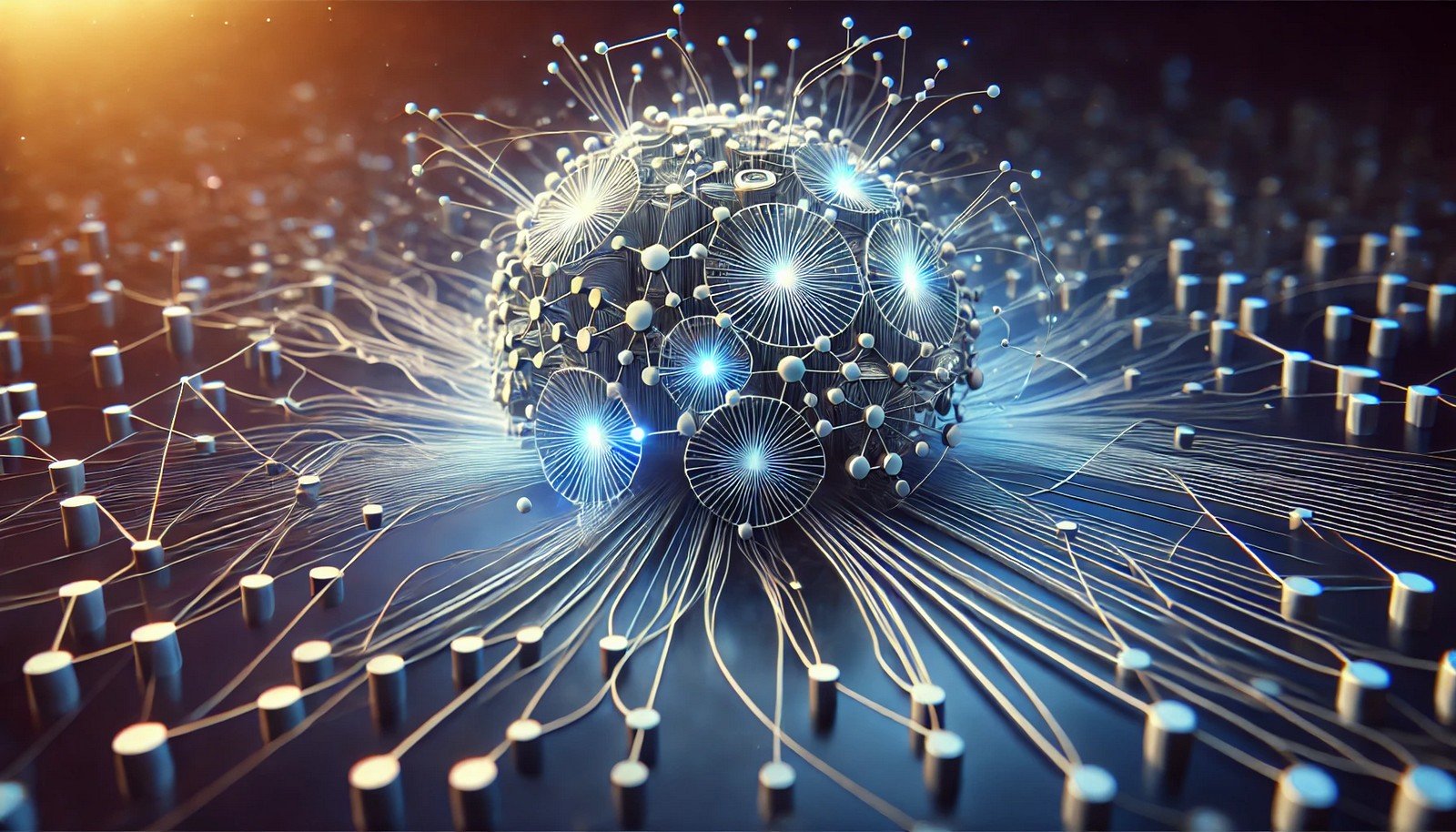Residual Networks (ResNets)

Quick Navigation:
- Residual Networks Definition
- Residual Networks Explained Easy
- Residual Networks Origin
- Residual Networks Etymology
- Residual Networks Usage Trends
- Residual Networks Usage
- Residual Networks Examples in Context
- Residual Networks FAQ
- Residual Networks Related Words
Residual Networks Definition
Residual Networks (ResNets) are a type of neural network architecture that introduces shortcut connections, or skip connections, between layers to help preserve information from previous layers. These networks address the vanishing gradient problem that often occurs in deep learning, allowing models to train effectively on many layers without losing performance. ResNets have revolutionized deep learning applications, especially in computer vision, by enabling the creation of very deep neural networks that still maintain accuracy.
Residual Networks Explained Easy
Imagine stacking several layers of building blocks to make a tall tower. But sometimes, it’s hard for each layer to hold the weight, so you add a few supports directly from the bottom to the top to keep the whole structure strong. Residual Networks work similarly—they add shortcut paths that allow information to skip certain layers, making it easier for the whole network to learn without collapsing under its own complexity.
Residual Networks Origin
Residual Networks were introduced by Kaiming He and his team at Microsoft Research in 2015. Their architecture led to a significant improvement in training deep neural networks, especially for image recognition tasks, by providing a solution to the vanishing gradient problem.
Residual Networks Etymology
The term "residual" refers to the leftover or skipped portion, as the network "skips" certain layers through shortcut connections.
Residual Networks Usage Trends
Since their introduction, Residual Networks have become integral in applications requiring deep learning, particularly in computer vision tasks such as object detection, facial recognition, and image classification. Their popularity stems from their efficiency in maintaining accuracy even in very deep networks, making them a preferred choice for complex AI applications.
Residual Networks Usage
- Formal/Technical Tagging:
- Neural Networks
- Deep Learning
- Computer Vision - Typical Collocations:
- "residual block"
- "skip connection"
- "ResNet architecture"
- "deep residual learning"
Residual Networks Examples in Context
- A ResNet can classify images into categories by learning complex patterns through many layers.
- Residual Networks improve accuracy in facial recognition systems, helping identify faces in large databases.
- Medical imaging uses Residual Networks to analyze scans and detect abnormalities with high precision.
Residual Networks FAQ
- What are Residual Networks?
Residual Networks (ResNets) are a type of neural network architecture that uses skip connections to improve training on deep networks. - How do Residual Networks work?
They work by allowing information to bypass certain layers, reducing issues like vanishing gradients in deep neural networks. - Why are Residual Networks important?
They enable the training of deeper neural networks, which are essential for complex tasks like image recognition. - Who invented Residual Networks?
Kaiming He and his team at Microsoft Research introduced Residual Networks in 2015. - Where are Residual Networks used?
They're widely used in computer vision, natural language processing, and other AI fields requiring deep learning. - How do skip connections help in Residual Networks?
Skip connections allow gradients to pass through more layers, helping maintain accuracy in deep networks. - What is the vanishing gradient problem?
It’s an issue where gradients become too small in deep networks, hindering effective learning. - Are Residual Networks used in real-time applications?
Yes, they power applications like real-time video analysis and object detection in autonomous vehicles. - How deep can Residual Networks go?
Some ResNet architectures, like ResNet-152, can go as deep as 152 layers while maintaining high accuracy. - What is a "residual block" in Residual Networks?
A residual block is a building unit in ResNets that includes a skip connection, allowing data to bypass certain layers.
Residual Networks Related Words
- Categories/Topics:
- Deep Learning
- Neural Networks
- AI
- Computer Vision
Did you know?
Residual Networks were key to Microsoft's 2015 ImageNet challenge victory, where they achieved an error rate lower than that of human-level performance on certain image recognition tasks, proving the power of deep residual learning.
PicDictionary.com is an online dictionary in pictures. If you have questions or suggestions, please reach out to us on WhatsApp or Twitter.Authors | Arjun Vishnu | @ArjunAndVishnu

I am Vishnu. I like AI, Linux, Single Board Computers, and Cloud Computing. I create the web & video content, and I also write for popular websites.
My younger brother, Arjun handles image & video editing. Together, we run a YouTube Channel that's focused on reviewing gadgets and explaining technology.



Comments powered by CComment